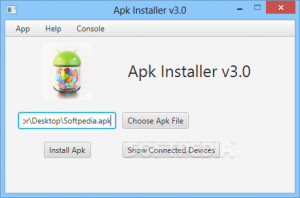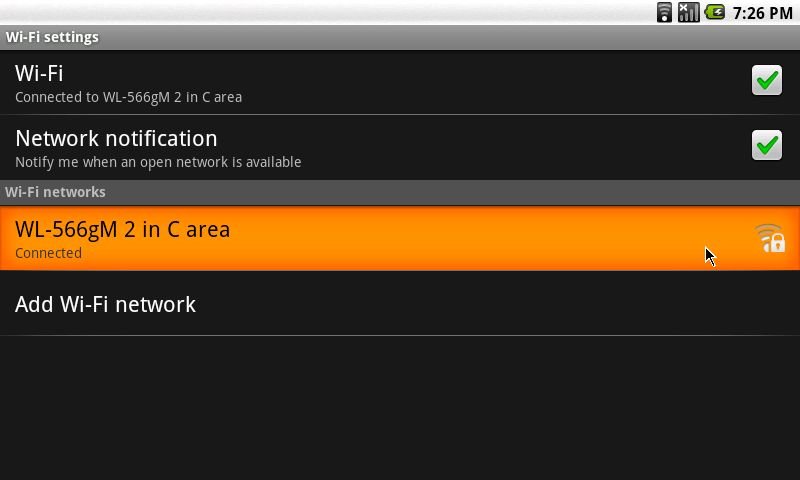

It's possible to debug an android device over WiFi, without keeping the device physically connected to the computer. You can also try installing the Google USB Driver through the Android SDK Manager: Consult your device manufacturer's support documentation. If your computer isn't recognizing the device when it's plugged in, try installing a driver for the device. You can also check Always allow from this computer to prevent requiring this prompt each time you connect the device. You'll receive a prompt to trust the computer on your device if you haven't used it for debugging before. The easiest and most reliable way is to do so over USB.


The final step is to connect the device to the computer. Consult your device documentation if you can't find USB debugging. Consult your device documentation if you can't find About phone.Īfter enabling developer mode on your device, enable USB debugging by following these steps:ĭepending on the UI your device is running, the USB debugging option may be in a different location. Tap Build Number seven times until You are now a developer! is visible.ĭepending on the UI your device is running, the About phone option may be in a different location.Developer mode is enabled by following these steps: Enable developer mode on the deviceĪ device must enable Developer mode in order to deploy and test an Android app. If you can't find these settings on your device, consult your device manufacturer's documentation. Note the type you have chosen must match the partition id, or the bootloader will fail to boot.The steps in this article are written generically, to work on as many devices as possible. Otherwise, choose a filesystem type to format. If the partition is formatted, you may select 'Do not format' to keep existing data. If the target drive is not shown, try 'Detect devices.'Īndroid-x86 can co-exist with other operating systems or data on the chosen partition. You can choose an existing partition to install Android-x86, or you can create or modify partitions by selecting 'Create/Modify partitions.' Note you can install Android-x86 to an external disk like a USB drive. You can install Android-x86 to an NTFS filesystem to co-exist with Windows.īurn the iso image to CDROM, or create a bootable USB disk (recommended).īoot from the Android-x86 installation CD/USB, choose the 'Install Android to hard disk.Īfter seconds of booting, you will see a partition selection dialog. 32-Bit also available.Īn easy installer to install Android-x86 to a hard disk is included. Android-x86 is a free, Open Source project that allows you to run Android on Windows.


 0 kommentar(er)
0 kommentar(er)
